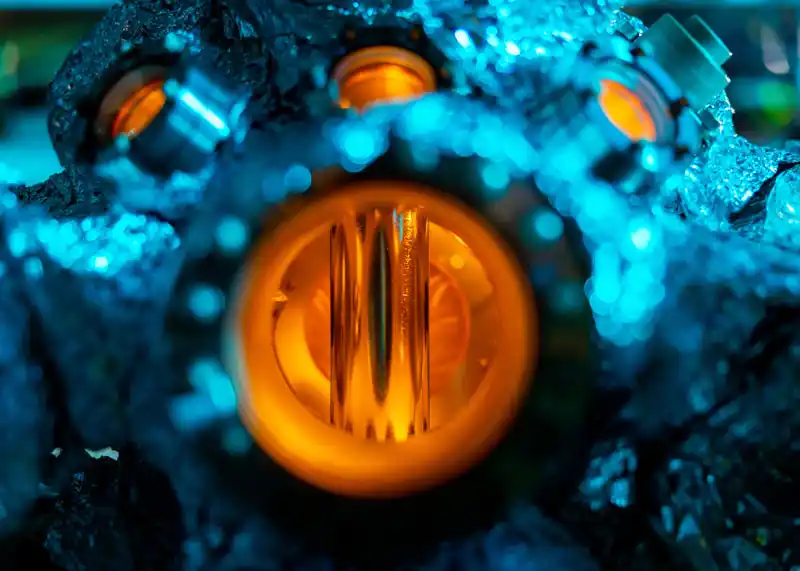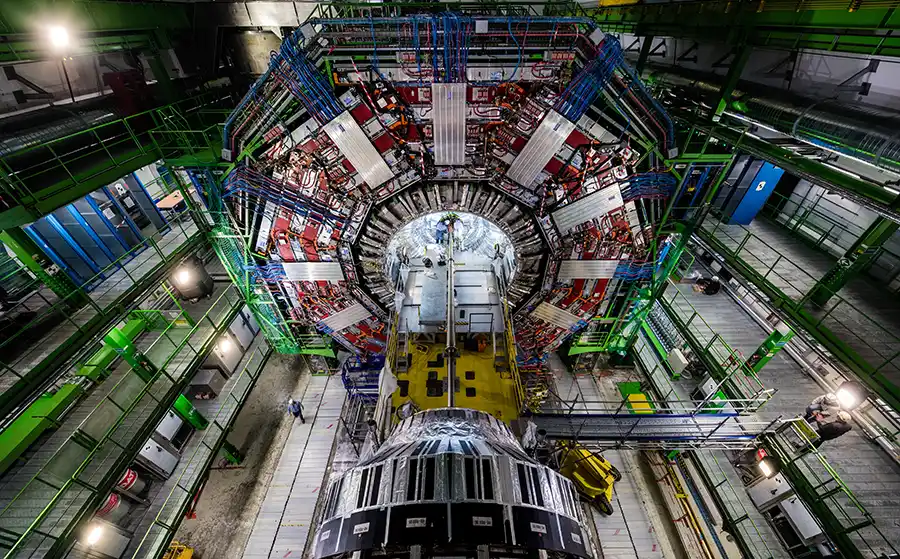

Shaping the Future of Physics Research
From the birth and death of massive stars to the intricate entanglement of subatomic particles, physics faculty members pursue fundamental research that helps make sense of our world and chart a path for future technologies and discovery.
We play critical roles in research collaborations across campus and the world, helping shape the field and creating an exceptional learning environment for students. A rapidly emerging strength in quantum materials research complements our robust programs in condensed matter, nuclear physics, and astrophysics. We’ve expanded our research dossier with innovative work in biophysics and new and exciting pursuits in particle physics.
Our research includes:
- Using artificial intelligence to tame the complexity of quantum materials and build new materials that can operate in extreme conditions via research at UT’s Center for Advanced Materials and Manufacturing, an NSF Materials Research Science and Engineering Center
- Directing the Nuclear Physics from Multi-Messenger Mergers, a national nuclear physics effort to systematically probe the properties of hot and dense strongly interacting matter with multi-messenger observations of neutron star mergers
- Studying high energy collisions via the CMS Detector at the Large Hadron Collider in the search for new fundamental particles, and designing a muon collider detector as part of the next frontier in particle physics
- Designing and building the Facility for Rare Isotope Beams (FRIB) Decay Station Initiator, a system critical for successfully conducting FRIB’s first experiments to learn more about exotic isotopes
- Investigating the coordination of cell growth and division by combining data on E. coli growth with causal inference methodology
- Observing the exotic nucleus of oxygen-28 for the first time, which could help scientists pinpoint which parts of the strong nuclear force affect the limits of nuclear binding
- Engineering systems that host chiral superconductivity, suggesting the possibility of integrating exotic properties with an easily scalable silicon-based materials platform
- Developing highly sensitive photodectors to observe coherent elastic neutrino-nucleus scattering at ORNL’s Neutrino Alley
These are just a few highlights representing the breadth and depth of our research. Undergraduate and graduate students have a wide range of opportunities to contribute to our program and build the skills and confidence they need for a successful future in physics.